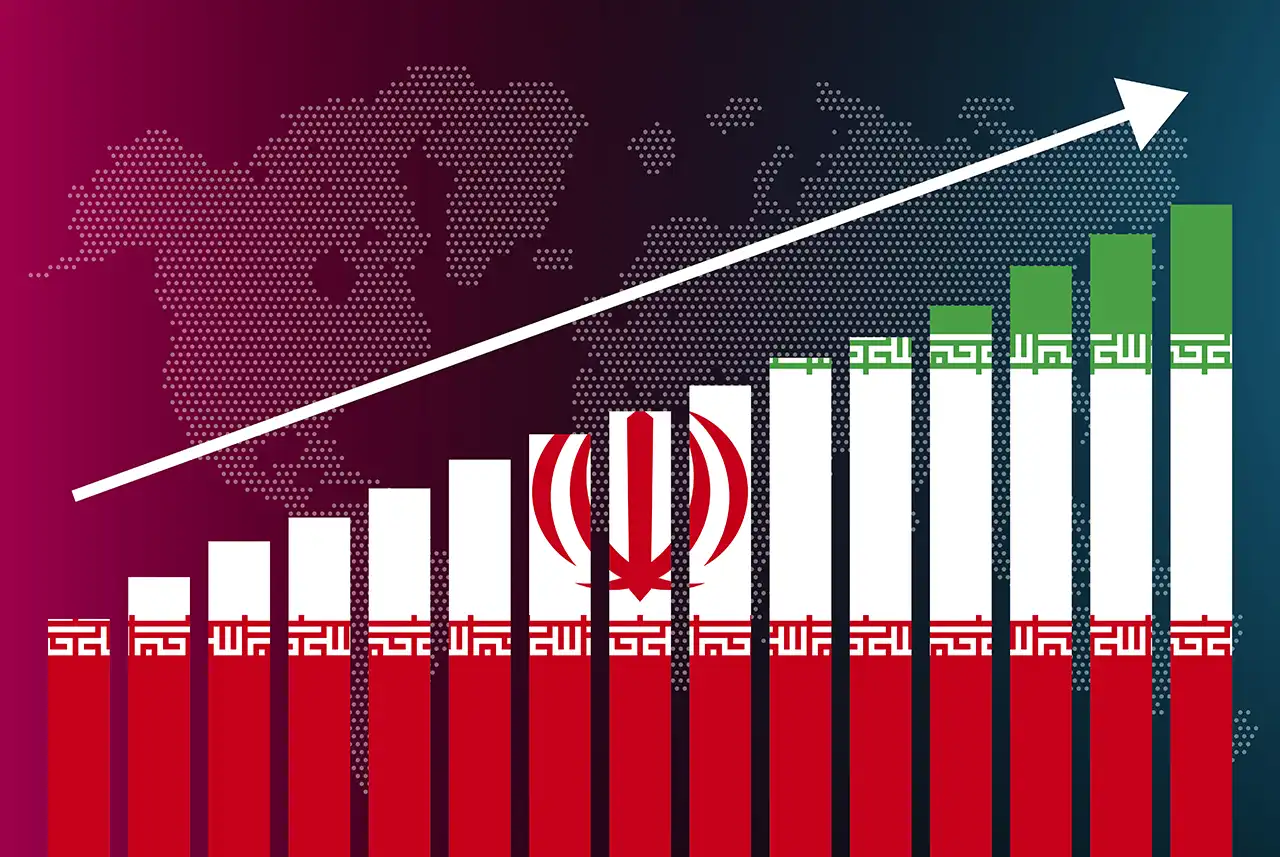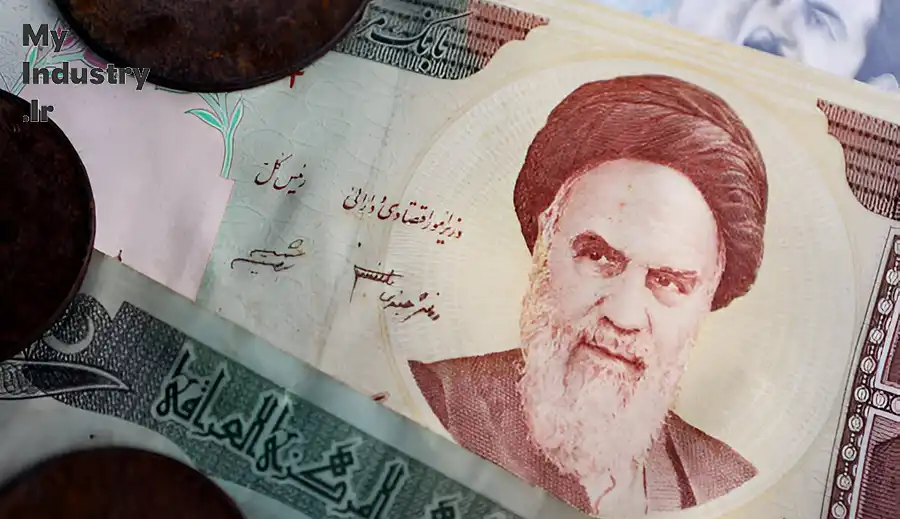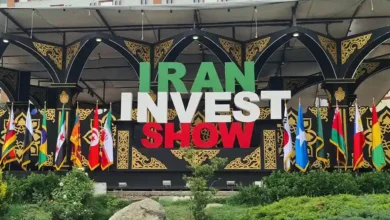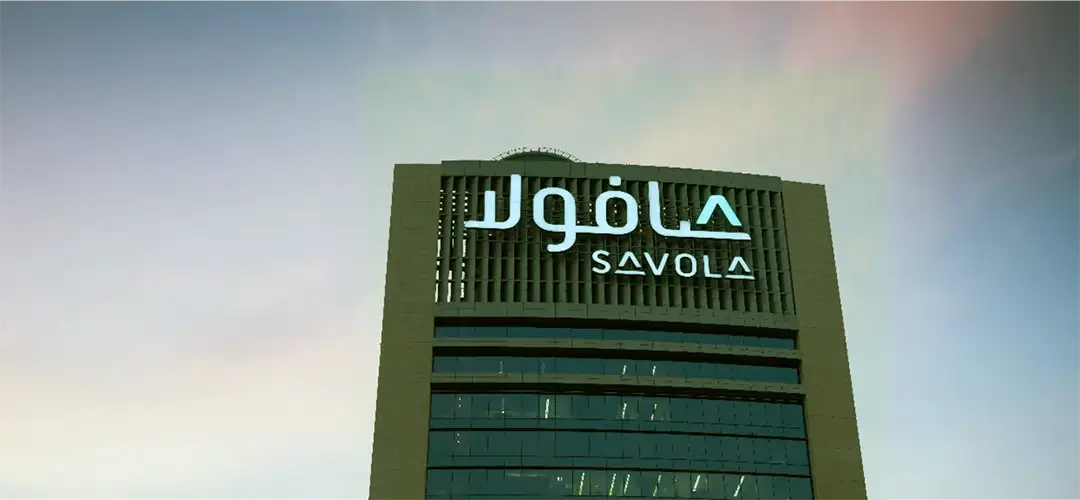What is the Best Investment in Iran?
Exploring Lucrative Investment Opportunities in Iran

Iran, a country rich in natural resources and boasting a strategic geographic location, presents numerous investment opportunities for foreign investors. However, understanding the best investment options requires a realistic approach that accounts for economic, legal, and political conditions. In this article, we will explore some of the most viable investment avenues in Iran, backed by legal and practical insights to guide foreign investors.
1. Industrial Manufacturing: A Pillar of Growth
Iran’s vast resources and growing domestic market make industrial manufacturing a lucrative sector. Industries such as automotive, pharmaceuticals, and food processing are among the most promising.
Why Invest in Manufacturing?
- Access to Raw Materials: Iran is rich in essential resources like oil, gas, and minerals, which are critical for manufacturing.
- Skilled Workforce: The country has a highly educated and skilled workforce, particularly in engineering and technical fields.
Legal Considerations:
Foreign investors can establish a company under Iran’s Foreign Investment Promotion and Protection Act (FIPPA), which guarantees fair treatment, repatriation of profits, and protection against expropriation.
2. Renewable Energy: A Growing Opportunity
Iran’s renewable energy sector, particularly wind and solar power, has immense potential. The government actively promotes investment in renewable energy to reduce dependency on fossil fuels.
Key Advantages:
- High Solar Potential: With 300 sunny days a year, Iran is ideal for solar projects.
- Government Support: Incentives such as guaranteed power purchase agreements (PPAs) for 20 years are available.
Legal and Regulatory Framework:
Investors must partner with Iran’s Ministry of Energy. Licenses and agreements are typically managed by the Renewable Energy and Energy Efficiency Organization (known as SATBA in Persian).
3. Technology and Startups: A Promising Frontier
The technology sector in Iran is growing rapidly, with a young, tech-savvy population fueling innovation. Startups in e-commerce, fintech, and software development are thriving.
Why Tech?
- Untapped Market: With limited global competitors, local tech solutions have significant room to grow.
- Government Support: Incubators and funding programs exist for startups, such as those supported by the Vice Presidency for Science and Technology.
Challenges to Address:
Investors must navigate restrictions on international payment systems and adapt to local regulations regarding data protection and cybersecurity.
4. Tourism and Hospitality
Iran’s rich cultural heritage and natural attractions make tourism an attractive investment sector. With UNESCO World Heritage Sites, historical cities, and diverse climates, the country has untapped potential for high-end tourism.
Opportunities:
- Development of hotels, resorts, and eco-tourism facilities.
- Niche markets like medical tourism and cultural tourism.
Legal Framework:
Investors can lease land for tourism projects through agreements with the Iran Cultural Heritage, Handicrafts and Tourism Organization (ICHHTO).

5. Mining and Natural Resources
Iran is among the top global producers of precious metals and industrial minerals. The mining sector offers opportunities in exploration, extraction, and processing.
Advantages of Mining in Iran:
- Access to unexploited deposits of copper, zinc, and rare earth elements.
- Government incentives for exploration activities.
Legal Considerations:
Foreign investors must obtain mining licenses and form partnerships with local entities. The Ministry of Industry, Mine, and Trade oversees the regulatory framework.
6. Agriculture and Food Processing
With a vast agricultural base, Iran is a key producer of fruits, nuts, and grains. Investments in modern farming techniques and food processing facilities can yield substantial returns.
Potential Opportunities:
- Export-oriented production of pistachios, saffron, and dates.
- Investment in irrigation technology and greenhouse farming.
Legal Aspects:
Investors must comply with local land ownership laws. While foreigners cannot directly own agricultural land, long-term leases are available under FIPPA.
Important Considerations for Foreign Investors
1. Sanctions and Financial Systems:
Iran is subject to international sanctions, which can complicate transactions. However, workarounds like local partnerships and barter trade can mitigate these challenges.
2. Legal Protections under FIPPA:
The FIPPA law ensures foreign investors enjoy equal treatment, repatriation of profits, and protection against nationalization. It is essential to work with local legal advisors to navigate the application process.
3. Local Partnerships:
Collaborating with Iranian companies can facilitate market entry and compliance with regulations. Many sectors, such as banking and telecom, require local partnerships.
A Realistic Approach to Investment in Iran
While Iran offers substantial opportunities, it is essential to conduct thorough due diligence. Engage with local experts, understand the legal landscape, and evaluate economic trends to ensure a successful investment. Political risks and economic sanctions are factors that should not be overlooked.
Success Story: Foreign Investment in Iran’s Renewable Energy Sector
One of the most notable examples of successful foreign investment in Iran is the collaboration between a Norwegian company, Scatec Solar, and local entities to develop solar power plants in Iran. This project highlights the immense potential of Iran’s renewable energy sector and serves as a benchmark for foreign investors interested in sustainable ventures.
The Project Overview
Scatec Solar, a global leader in renewable energy, partnered with local Iranian developers to build several utility-scale solar plants in Yazd Province. The first phase of the project, a 50 MW solar farm, was completed successfully, marking a milestone in Iran’s renewable energy ambitions.
Why Was It Successful?
- Favorable Policies: The Iranian government, through the Renewable Energy and Energy Efficiency Organization (SATBA), provided guaranteed Power Purchase Agreements (PPAs) for 20 years. This ensured a steady revenue stream for the investors.
- Abundant Solar Resources: Iran’s high solar irradiance levels and extensive unused desert land made it a prime location for solar energy development.
- Technical and Financial Support: Scatec Solar brought advanced technology and expertise to the project. Financing was facilitated through a mix of international and local sources, ensuring the project’s sustainability despite geopolitical challenges.
Economic and Environmental Impact
- Economic Benefits: The project created hundreds of jobs in the construction and operation phases, contributing to the local economy.
- Environmental Impact: The solar farm significantly reduced greenhouse gas emissions, aligning with global sustainability goals.
Legal Framework and Protections
Under Iran’s Foreign Investment Promotion and Protection Act (FIPPA), Scatec Solar was guaranteed fair treatment, repatriation of profits, and protection against nationalization. This legal framework was instrumental in providing the confidence needed for foreign direct investment (FDI).
Lessons for Future Investors
The Scatec Solar project demonstrates that:
- With proper legal and financial safeguards, renewable energy projects in Iran can be highly profitable.
- Collaborating with local entities and leveraging government incentives are critical for success.
- Renewable energy aligns with both local and global sustainability goals, making it an attractive sector for long-term investment.
Conclusion
This success story underscores the potential for foreign investors to thrive in Iran’s renewable energy market. By capitalizing on government support, natural advantages, and a robust legal framework, similar ventures can deliver significant economic and environmental benefits.
Reference:
Renewable Energy and Energy Efficiency Organization (SATBA): www.satba.gov.ir
Recommended Resources for Further Research
- Official Portal of the Organization for Investment Economic and Technical Assistance of Iran (OIETAI)
- Renewable Energy Organization of Iran (SATBA): www.satba.gov.ir
- Iran Chamber of Commerce, Industries, Mines, and Agriculture: www.iccima.ir
By leveraging Iran’s unique strengths and navigating its challenges wisely, foreign investors can unlock significant opportunities in the region.








